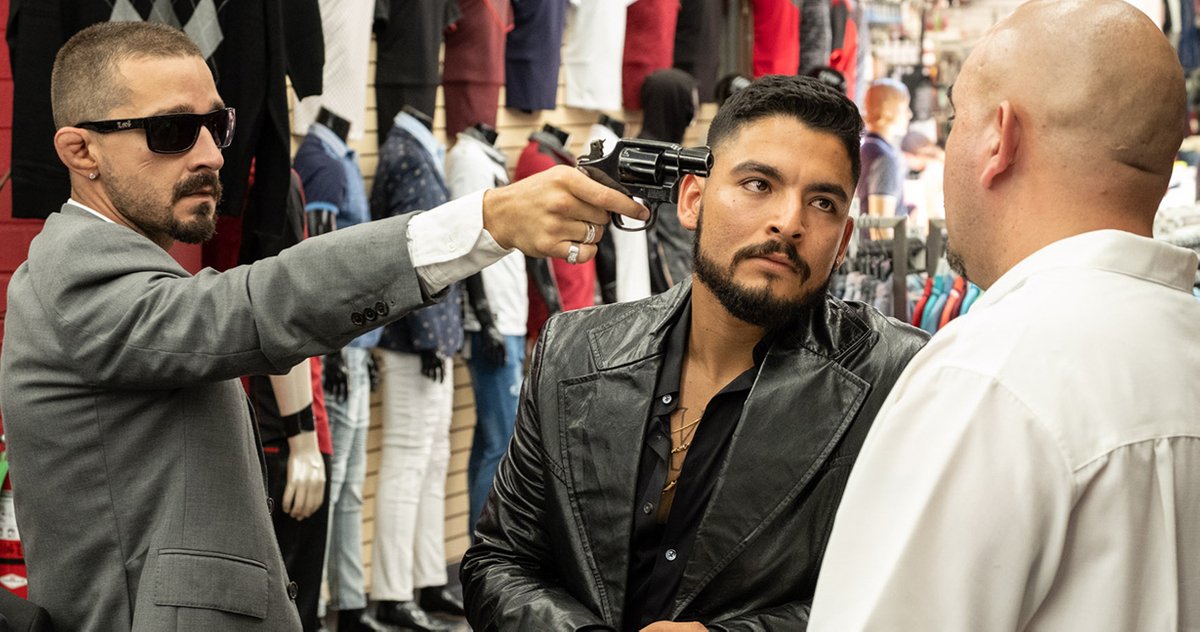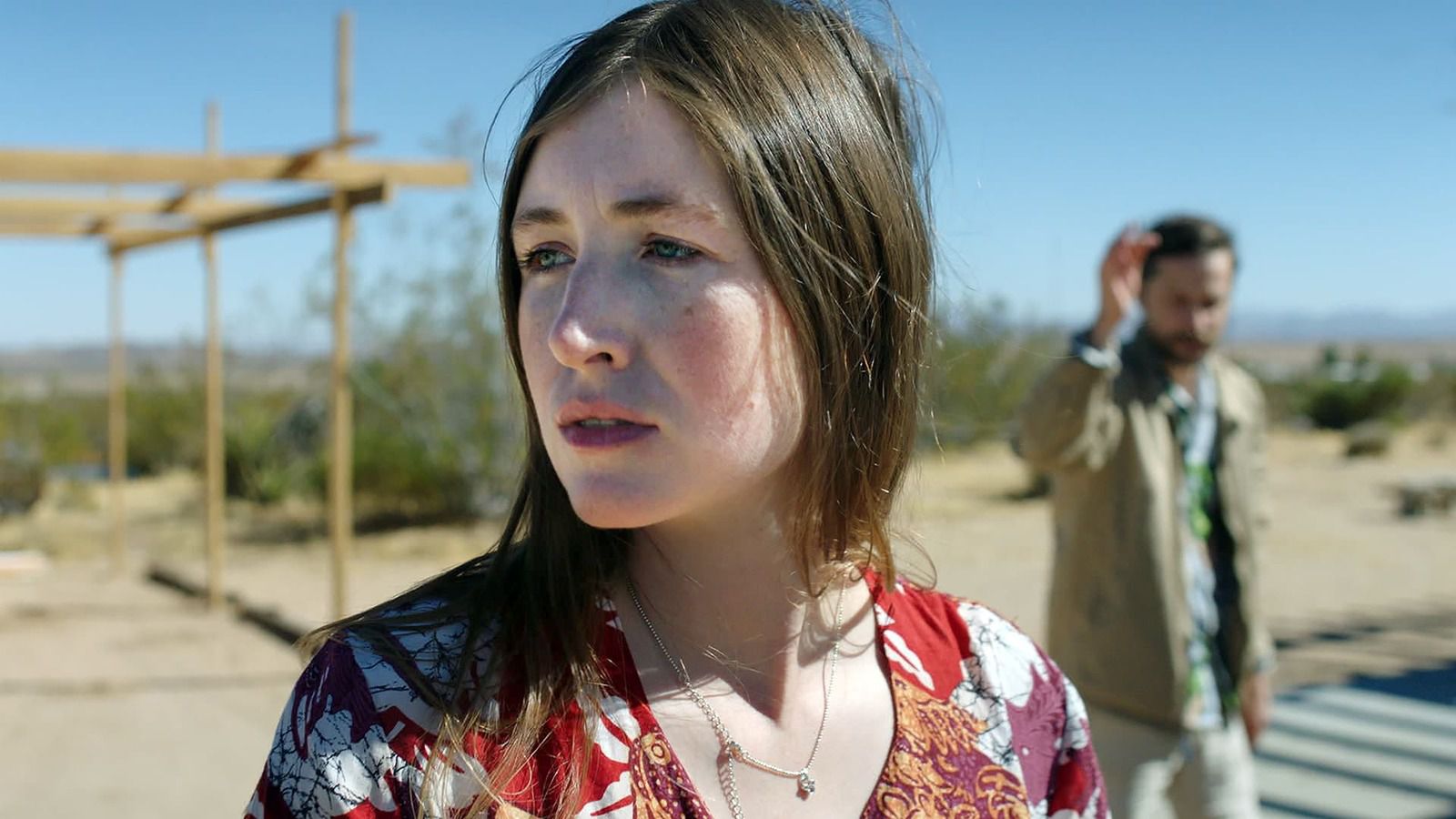You Never Had It: An Evening with Bukowski
by Hope Madden
Who’s the greatest American poet? Maya Angelou? Sherman Alexie? Walt Whitman? I will argue that it’s Charles Bukowski.
He really only wrote for about 24 years, but he has nearly 70 books in print: novels, collections of short fiction, and poems. My God, the poems.
If you are also a fan, documentarian Matteo Borgardt has a film for you.
You Never Had It: An Evening with Bukowski shares a rediscovered interview from 1981. Italian reporter Silvia Bizio visits the writer in his San Pedro home and they talk for about an hour. It’s very low key, and honestly, not a great deal is covered or discovered in terms of the interview itself.
But.
If you’ve ever just wanted to sit in Bukowski’s living room as wine bottle after wine bottle empties, as ash trays fill, as Max the cat finds a good position on Linda Lee’s lap—friends, this is indispensable viewing.
’81 was a big year for him. Bukowski’s about halfway through his seminal novel Ham on Rye, he’s recently returned from the European trip documented in his nonfiction text Shakespeare Never Did This, and that trip/book’s photographer Michael Montfort makes himself at home on the floor near the ash tray on the end table.
It’s all very low key as people drink and smoke and Bukowski talks. He doesn’t wax philosophical, doesn’t argue too much, doesn’t make proclamations or yell or curse. He doesn’t really even tell any stories, but he does read a few poems (good ones!).
This is hardly the first documentary on Charles Bukowski. (In fact, Taylor Hackford directed the first, 1973’s Bukowski.) But as a general (and quite lovely) rule, previous docs focused on his raucous readings. If you want to hear Bukowski read, there are at least five full length docs that will let you do that.
It’s far rarer to spend some time with the writer at home.
Perhaps because she is drinking herself or perhaps because the writer is in a cagey mood, Bizio never really finds a good footing for questions and answers, although humanity and Bukowski’s low opinion of it offers the slightest hint of a theme for the proceedings. The tour of the house goes badly, and back-and-forth about sex in his writing uncovers little.
If that sounds negative, it shouldn’t. The whole scene is like a page from one of his books: things not going as well as he’d hoped, the fault likely his own, but at least there’s wine. The more wine, the worse it will go, but there you have it.
You Never Had It will not entertain everyone equally, but it will thrill a handful of people and you know who you are.













